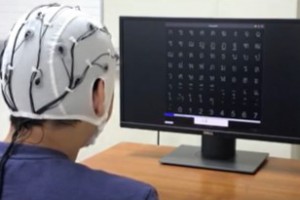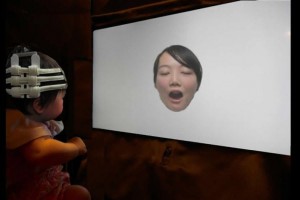Eye test could screen children for autism
Measuring how the eyes' pupils change in response to light -- known as the pupillary light reflex -- could potentially be used to screen for autism in young children, according to a study conducted at Washington State University.
Measuring how the eyes' pupils change in response to light -- known as the pupillary light reflex -- could potentially be used to screen for autism in young children, according to a study conducted at Washington State University.
First author Georgina Lynch said the proof-of-concept study builds on earlier work to support the continued development of a portable technology that could provide a quick and easy way to screen children for autism, a disorder that affects communication and social interaction with others. Such a tool would allow health care providers to catch children earlier in their development when interventions are more likely to benefit them.
Published in the journal Neurological Sciences, the study tested 36 children aged 6 to 17 who had been previously diagnosed with autism along with a group of 24 typically developing children who served as controls. Children's pupillary light reflexes were tested by trained clinical providers using a handheld monocular pupilometer device, which measures one eye at a time. Analyzing the results, the researchers found that children with autism showed significant differences in the time it took for their pupils to constrict in response to light. Their pupils also took longer to return to their original size after light was removed.
"What we did with this study is we demonstrated the parameters of interest that matter -- the speed of constriction and return to baseline," Lynch said. "And we demonstrated it with monocular technology because we knew there is no significant difference between eyes in terms of the pupillary response in autism, unlike in head injury or concussion where it's common to see unequal pupil sizes.
While an estimated one in 44 children in the U.S. are diagnosed with autism spectrum disorder (ASD) by age 8, many kids get misdiagnosed or missed altogether due to the subjective nature of the diagnostic process. Having a quick, objective screening method to bolster behavioral screening could help improve the accuracy and speed with which children are diagnosed. Looking at the pupillary light reflex as a potential screening biomarker made sense to Lynch given her own observations and earlier studies that found abnormalities in the pupillary light reflex of children with autism.




Related Posts